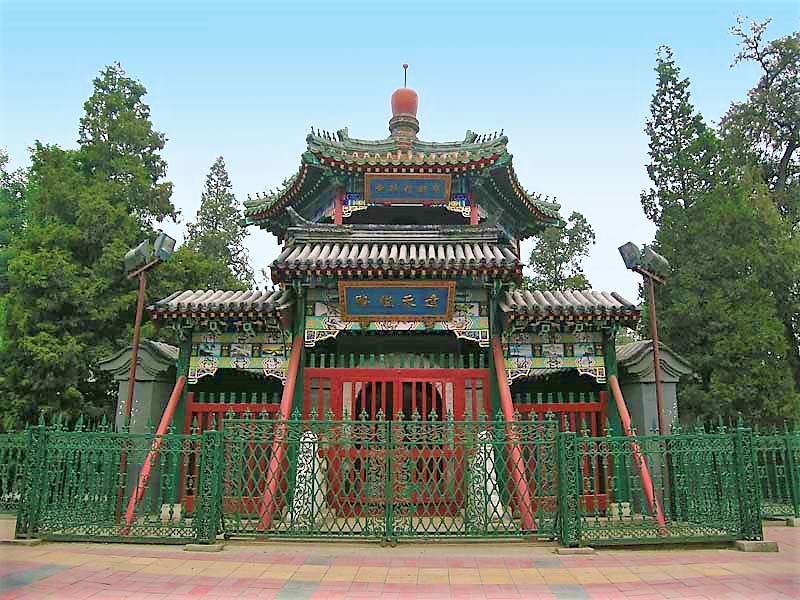Ahuacamolli
FULL MEMBER
New Recruit
- Joined
- Apr 20, 2015
- Messages
- 12
- Reaction score
- 0
- Country
- Location
I think that there should be more ethnographic as well as other qualitative research methods could be used to understand the Manchu cultural trait in Japan. Another research methodology that could be used as well could include semiontics, hermeneutics , case study and phenomenology.
Semiotics is a science of non-linguistic communication forms and has been designed as a general science of a number of communication forms including the natural language (Turkcan, 2013). Semiotics, which is used for the analysis of a number of communication languages, helps describe the specific operational rules by determining the sub-systems included in the field it examines. Turkcan (2013) conducted a study that shows how the semiotic approach could be considered as an effective way to diversify the diagnostic techniques used by educators and by parents to give meaning to students’ inner worlds and their viewpoints about the environment and to monitor their mental processes while analyzing the drawings of students.
Hermeneutics is the theory of text interpretation and has been widely seen in use in theology as well as philosophy. The hermeneutic framework integrates the analysis and interpretation of literature and the search for literature. According to hermeneutics understanding is not a linear process, but one that it is informed by earlier understanding (Boell and Cecez-Kecmanovic, 2014).
A mixed ethnographic and case study that was don to explore the cultural relationship between Japan and Manchuria in historical praxis was the study of the Manchu Princess named Aisin Gioro Hsien-yu; 愛新覺羅·顯玗. She took up the Japanese name of Yoshiko Kawashima and was a spy for Japan, and raised an army during the period of Manchukuo. She is just an example of the many high profiling Manchu nobility that eventually settled in Japan, and taking up Japanese identity.
--------------
THis part is removed by Ahuacamolli because he cannot post links
--------------
It is hard to say that 'there are no significant Manchu population in modern Japan', as the grand children or children of Manchurian immigrants to Japan have now taken a Japanese identity as well as Japanese names, however they still retain the cultural imprint.
You know that in Japan there are close to 1 million Japanese of Korean origin, as well as over 600,000 Japanese who are of Chinese origin. I would not be surprised if the Manchukuojin are included in this Chinese immigrant population poll. After all, Manchus are an ethnic group in China.
Btw, are you Manchu? We also have another member here who is ethnic Manchu @sahaliyan .
I'm completely ignorant about semiotics and hermeneutics, and it takes some time to learn them.
As for Yoshiko, you just mentioned one of the few exceptional cases that Manshu people existed in China. Generally Manchus live in China and Manshu people live in Japan. However, there exist a few and only a few Manchu in Japan and Manshu in China.
Again there's no "Manchukuojin"; they were Manshukokujin. We can be friend but only if you stop labeling Manshukoku a Manchu state.
I am not a Manchu but my grandma was a Manchu who once lived in Manshukoku. She learned how to sing the Japanese anthem Kimigayowa. It has also been confirmed from my college classmates who have grandparents lived in Manshukoku that Kimigayo was taught compulsorily in Manshukoku. Most residents in Manshukoku have forget various "Anthems of Manshukoku" but still remember Kimigayo. So imagine how they will feel if you call Manshukoku a Manchu state.
Still I have one of my Manchu friend who was actively learning Manchu (we have free and open-to-all Manchu courses provided in Beijing and the Northeast). He used to speak some, but once he ends his study he forgots almost all. It has been an impressive experience for me to have a trip to the Great Wall yet not quite impressive for him.
To understand the cause of current status of Manchu culture, you can read the following article:
triple double u 。 wsj 。 com \ articles \ SB125452110732160485
This article is basically written in good manner nevertheless one of its claim is not quite accurate:
As the dynasty collapsed toward the end of the 19th century, Chinese migrants flooded in.
which should beShortly before the dynasty collapsed, the Manchu emperors lifted the off-limit and ordered Han Chinese migrants flooded in (in order to prevent Russian insurgency).
Unfortunately, yes, we've been seeing this recently, and most of the time they are international students from the Middle East. One recent example , was a case in which a Saudi Arabian grad student took it upon himself to destroy Buddhist statues at Sensoji Temple. The statues were over a thousand years old.
Foreigner Arrested For Smashing Statues Of Buddha At Sensoji - japanCRUSH
Thank you very much!
Hmm... it seems I asked it too late so that the one who was guilty has already been found out. Do you have any links to Japanese news which are posted before the Arabian grad student was found guilty? I want to know what was the first reaction of the most common Japanese netizen who read the news: who did they think was the one most likely to have done that?
Unfortunately, yes, we've been seeing this recently, and most of the time they are international students from the Middle East. One recent example , was a case in which a Saudi Arabian grad student took it upon himself to destroy Buddhist statues at Sensoji Temple. The statues were over a thousand years old.
Foreigner Arrested For Smashing Statues Of Buddha At Sensoji - japanCRUSH
Have to say that quite a few Muslim is becoming incresingly extremal recently... They wasn't like that. Someone must have done something.












 .
.
